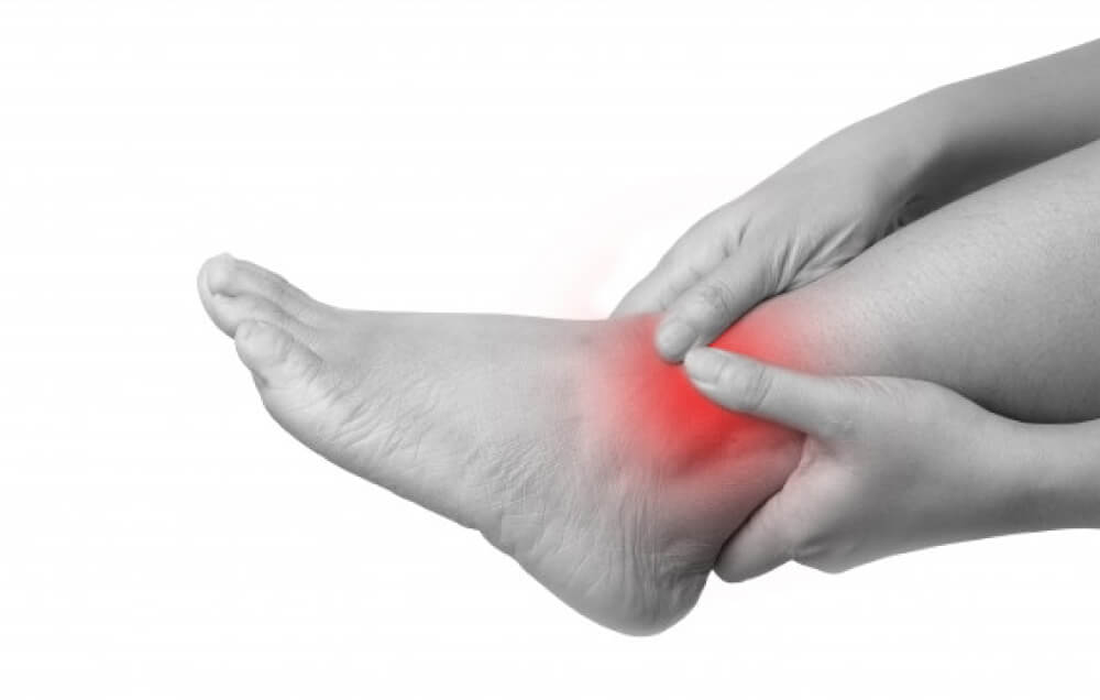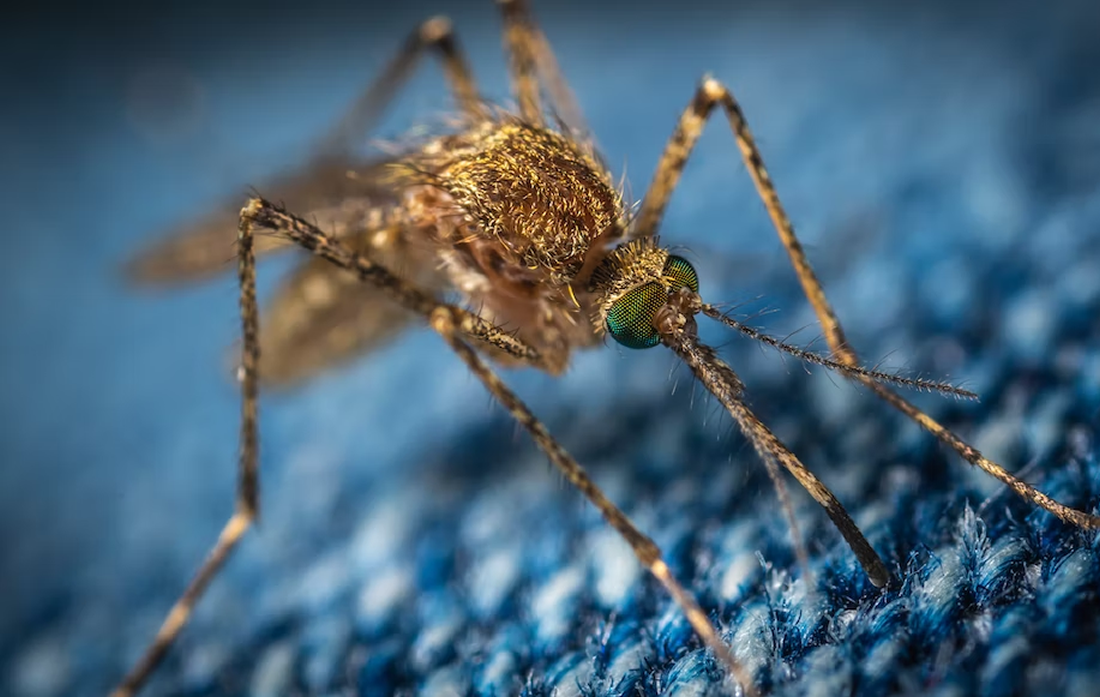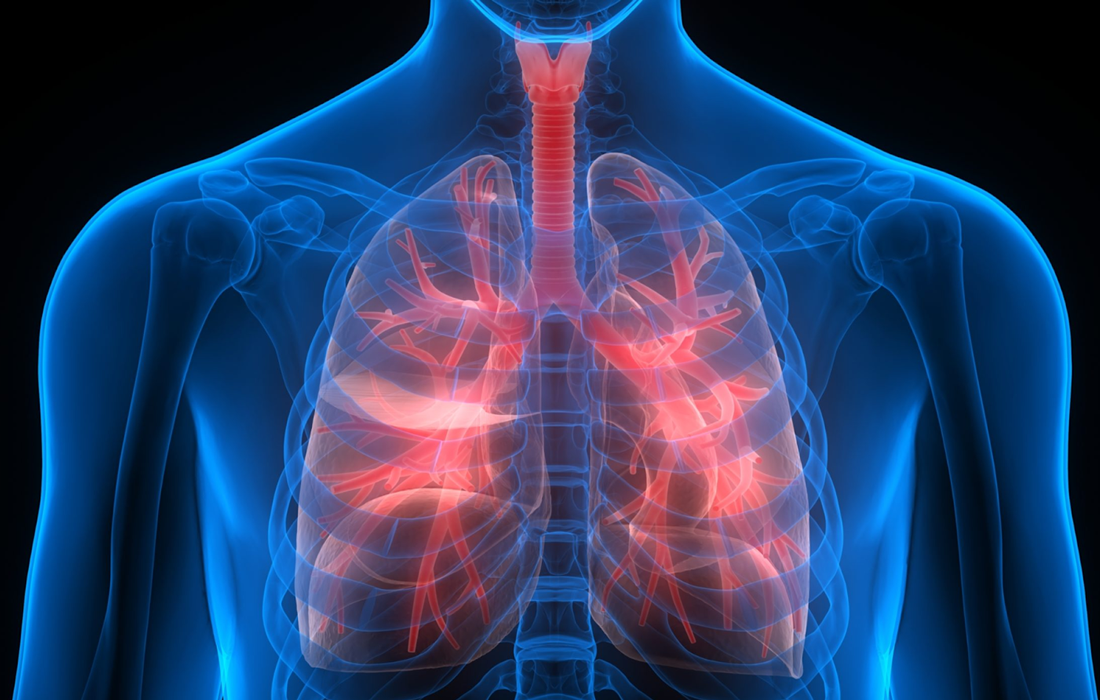Tendons are connective tissue that tether our muscles to our bones. They improve our stability and facilitate the transfer of force that allows us to move. But they are also particularly susceptible to injury and damage. Unfortunately, once tendons are injured, they rarely fully recover, which can result in limited mobility and require long-term pain […]
Author Archives: Gabriel Piña, MD
Obesity is a serious epidemic affecting an estimated 650 million adults worldwide, including 42% of the adult US population). Obesity is a major contributor to the global burden of chronic disease and disability, as it elevates the risk for a wide range of health issues including diabetes, cardiovascular disease, certain cancers, and COVID-19 mortality. For […]
Stem cells overflow with potential. Their ability to become other cell types is crucial to our bodies, both during development and throughout life. But this potential can be our very downfall if it goes wrong, turning some of our most useful cells into malignant cancers. While investigating a pathway involved in stem cell differentiation, researchers […]
Intravenous treatment with omega-3 fatty acids in elderly hospitalized patients in intensive care due to COVID-19 seems to have positive effects on the ability of the immune system to cope with the virus, according to a study from Karolinska Institutet in Sweden. In the future, the study, published in the journal Clinical and Translational Medicine, […]
Are nasal sprays the future of COVID-19 vaccines? That’s certainly the hope of many researchers working on new kinds of inoculation. Nasal vaccines were recently approved in China and India for use as a booster dose. The Chinese vaccine is inhaled through the mouth and nose, whereas the Indian vaccine is delivered through nasal drops. […]
Systemic lupus erythematosus (SLE) is an autoimmune disorder characterized by antibodies to nuclear and cytoplasmic antigens, multisystem inflammation, protean clinical manifestations, and a relapsing and remitting course. More than 90% of cases of SLE occur in women, frequently starting at childbearing age. Signs and symptoms of SLE SLE is a chronic inflammatory disease that can […]
Chronic migraine is less common than episodic migraine but is associated with a higher disease burden and cost. Some of these patients suffer from refractory migraines, which are persistent and debilitating headaches that are unresponsive to standard treatments. To be diagnosed with chronic migraine according to the International Classification of Headache Disorders, third edition (ICHD-3), […]
The outbreak of Zika virus (ZIKV) in 2015 to 2016 attracted global attention due to the dire teratogenic effects caused by this mosquito-borne RNA virus, including microcephaly and fetal mortality in infants born to infected mothers . As such, intense research efforts to develop effective therapies and prophylactic measures have pressed on, although to little […]
The reproductive years of a woman’s life are regulated by production of the hormones estrogen and progesterone by the ovaries. Estrogen regulates a woman’s monthly menstrual cycle and secondary sexual characteristics. In addition, it prepares the body for fertilization and reproduction. Progesterone concentrations rise in a cyclical fashion to prepare the uterus for possible pregnancy […]
Pulmonary arterial hypertension (PAH) is a devastating disease that is caused by a progressive increase in pulmonary vascular resistance, largely because of severe remodeling of distal lung arterioles. By definition, pulmonary hypertension refers to the condition in which resting mean pulmonary arterial pressure (mPAP) is greater than 25 mmHg. Etiology The strict definition of PAH […]










